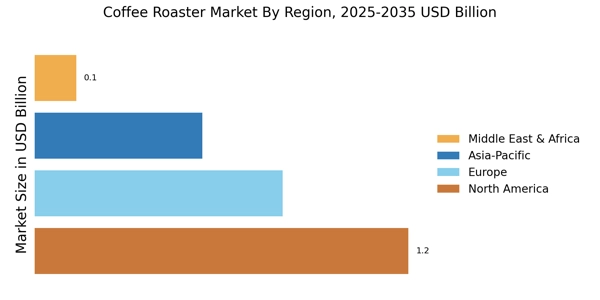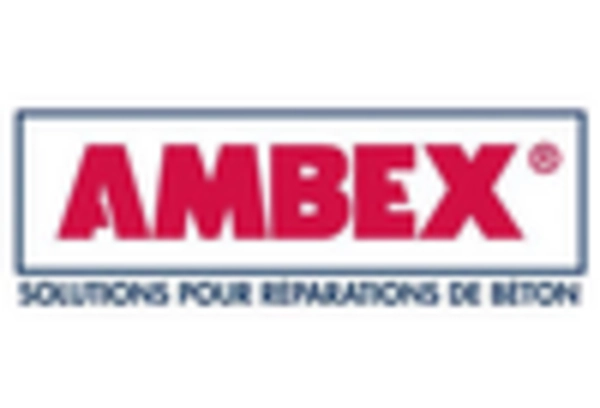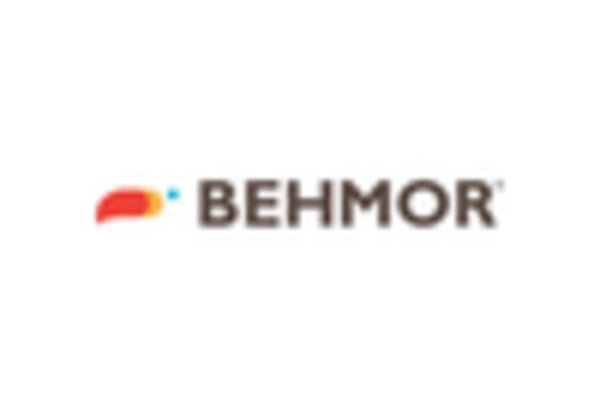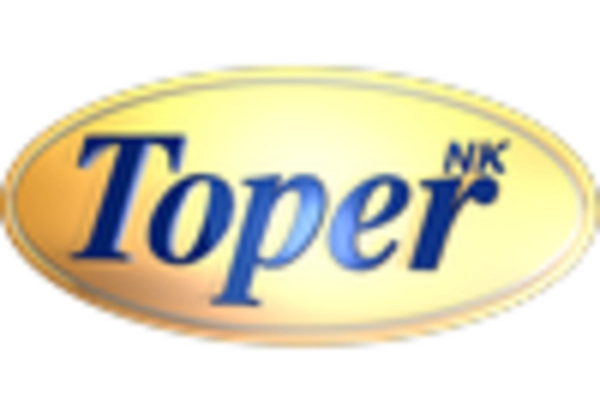The report covers a detailed competitive outlook, including the market share and company profiles of the key participants operating in the market. Key players profiled in the report include Keurig Dr Pepper, JDE Peet's, Nestle, Luigi Lavazza S.p.A., Starbucks Corporation, Strauss Group, Tchibo GmbH, illycaff S.p.A., among others. Company profile includes assigning such as company summary, financial summary, business strategy and planning, SWOT analysis and current developments.
Leading Coffee Roaster Market companies like Keurig Dr Pepper, JDE Peet's, Nestle, Luigi Lavazza S.p.A., Starbucks Corporation, Strauss Group, Tchibo GmbH, illycaff S.p.A., and others are constantly focusing on innovation and the launch of their new products to cater to the changing needs of their consumers will upsurge the growth of the Coffee Roaster Market. In addition to that, the Coffee Roaster Market industry competitive landscape section of the report provides a clear insight into the market share analysis of the key industry players.
Key development, expansion, strategies, mergers and acquisitions, JVs, and all other expansions are also analyzed in the competitive landscape to raise the Coffee Roaster Market-CAGR.
The product segment is split into electric roasters and gas roasters. Based on the product, the coffee roaster market is proportioned to gas and electric roasters. The report provides an analysis of each product segment gas roasters, electric roasters, and more. A brief overview of both segments is provided in the report. Keurig Dr Pepper is a Coffee Roaster Market company. The Company is based in the United States. The Company operates in the beverage and coffee business. The coffee systems segments provide single-serve coffee makers, coffee pods, and other related products.
The beverages segment provides ready-to-drink coffee, tea, and other non-carbonated beverages. The Company is North America's Beverage Company. The Company has a very strong brand portfolio and has the advantage of the highest level of innovation in the industry. Keurig Dr Pepper has an unparalleled distribution system across the United States. JDE Peet's is the Coffee Roaster Market Company. The Company is Netherlands-based. The Company operates its business in coffee and tea. The coffee segment has products including roasted and ground coffee, instant coffee, and other coffee products. The tea segment includes black tea, green tea, and other tea.
The distributors of JDE Peet’s are scattered across the globe, making the Company the No 1 coffee roaster in the world.


















Leave a Comment